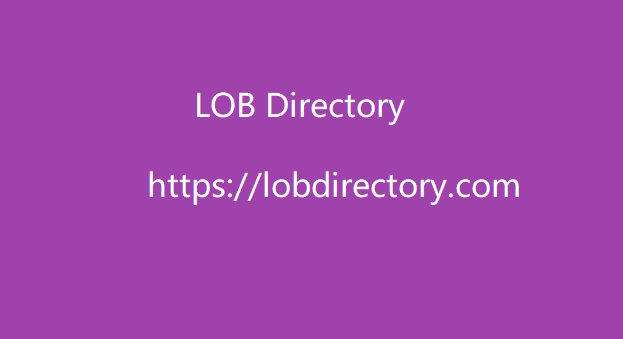|
|
Optimize New and Existing Content Your website should aim to provide customers with an informative page and a user-friendly interface. The website needs to be easy to navigate and have attractive graphics that will attract the customer's attention. A sufficiently analyzed and structured landing page will meet the customer's needs and convert a visitor into a customer. Search engines rank new content higher than old content. If you have existing content, it is crucial to analyze it and identify 'quick win' opportunities. These opportunities are simple changes that can be made to increase traffic, such as adding a new keyword that will help the page rank higher.
Review of Technical SEO The technical aspect of the site is as important as content optimization. A technical review helps you identify issues with your site that may affect rankings. Always be sure; The page loads fast. Broken pages are redirected. Images and videos are compressed. If LOB Directory you have a physical location, it's important to use local SEO tactics like listing your business on popular sites like Google My Business and Yelp . This will help you appear in local search results, allowing customers to easily find your fintech business when searching for solutions. Additionally, create content about local financial technology-related events or initiatives that can help improve your local SEO efforts. For example, fintech company LevelUp uses local SEO to connect with potential customers.

They registered their businesses on popular sites such as Google My Business, Yelp, and Foursquare. They also created content related to local events in their area, such as a hackathon focused on financial technology, to further boost their local SEO efforts. Content Promotion and SMM Good content generates traffic on its own. You should consider promoting it to maximize its reach. Some of the best FinTech marketing strategies include; email marketing, social media posts and guest posts. To have a steady stream of articles to advertise to your expanding audience, try to develop a plan that aligns with your content production timeframes each quarter.
|
|